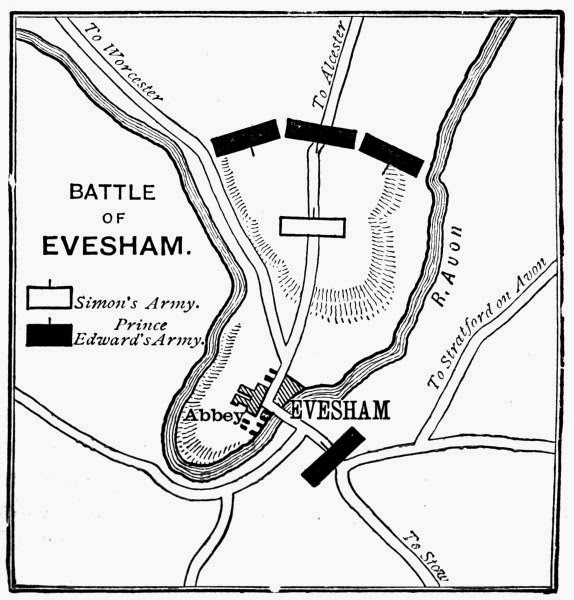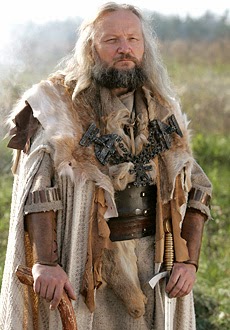 |
| From the Church of St. Sebald in Nuremberg; Christina Ebner stands to the side of the Virgin and Child |
After one year there, however, she was taken with an illness that recurred thrice per year for the next decade, and then frequently thereafter. Difficult for her, but during her illnesses she had visions, which she was encouraged to write down by her confessor, Father Conrad of Füssen.
She consequently wrote a biography that recounts her whole life, and she kept writing right up until 1353 (she died 27 December 1355/6). Her first account was called Leben und Offenbarungen [Life and Revelations]. She also wrote a book that recounted mystical visions experienced by other nuns in her monastery, called Schwesternbuch [Book of Sisters], and later another book of revelations called Offenbarungen [Revelations]. In this last book, she also recorded her impressions and ideas on certain historical events, such as the 1348 riots in Nuremberg, an earthquake, and the conflict between the papacy and the Holy Roman Emperor Louis IV.
Christina's fame drew several visitors to her, including Holy Roman Emperor Charles IV. Another was Henry of Nördlingen, priest, traveler, and spiritual advisor, who gave her a book by the mystic Mechthild of Magdeburg. In fact, Henry deserves his own entry, which he will get tomorrow.
































